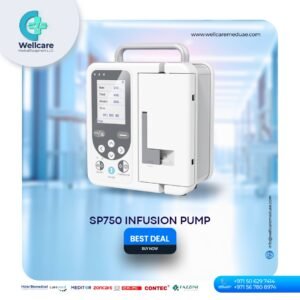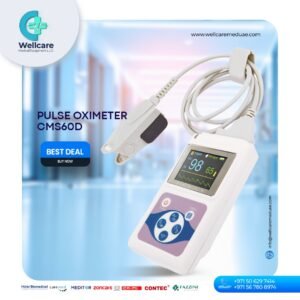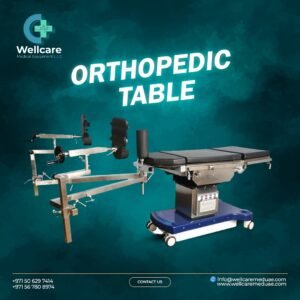ENT Equipment supplier in Mali
In Mali, the importance of ENT (Ear, Nose, and Throat) equipment cannot be overstated, given the significant role it plays in improving healthcare outcomes for a range of conditions affecting these critical areas of the body. ENT equipment is vital for diagnosing and treating conditions that can profoundly impact an individual's quality of life. For instance, advanced diagnostic tools such as otoscopes and audiometers are crucial for identifying ear infections, hearing loss, and other auditory disorders. In a country where access to healthcare can be limited, having reliable and effective diagnostic equipment enables healthcare providers to offer accurate diagnoses and appropriate treatments. This is especially important in rural and underserved areas where specialized medical care is scarce. Early and precise diagnosis facilitated by ENT equipment can lead to timely interventions, preventing the progression of conditions that could otherwise lead to more severe health complications or permanent impairments. Moreover, ENT equipment plays a crucial role in managing chronic conditions and performing surgical interventions that are essential for enhancing patient well-being. For example, nasal endoscopes and sinus scanners help diagnose and treat chronic sinusitis and other nasal disorders that are prevalent in the region. Surgical tools and devices used for procedures like tonsillectomies or adenoidectomies are vital for addressing issues such as recurrent infections or obstructive sleep apnea. The availability of such equipment ensures that patients receive the necessary care to manage these conditions effectively, which can have a substantial impact on their overall health and daily functioning. Additionally, the use of modern ENT equipment supports the development of local medical expertise and training, as healthcare professionals gain experience with advanced technologies. This, in turn, contributes to the overall improvement of healthcare services in Mali, enhancing the ability to provide high-quality care to the population and ultimately fostering better health outcomes across the country.
In Mali, Well Care Medical Equipment LLC is a key supplier of ENT (Ear, Nose, and Throat) equipment, providing a variety of essential tools to support the diagnosis, treatment, and management of ENT conditions.
Diagnostic Instruments:
- Otoscopes: For examining the ear canal and eardrum to diagnose conditions such as ear infections, earwax buildup, and other auditory issues.
- Audiometers: Used to assess hearing levels and diagnose hearing impairments or loss.
- Endoscopes: Flexible or rigid scopes equipped with cameras to visualize the nasal passages, throat, and larynx, aiding in the diagnosis of conditions such as sinus infections, nasal obstructions, and throat abnormalities.
Surgical Instruments:
- Nasal Endoscopes: For performing minimally invasive procedures and detailed examinations within the nasal cavity, useful in surgeries like endoscopic sinus surgery.
- Microscopes: Provide high-definition visualization for delicate ENT surgeries, including procedures within the ear, nose, and throat areas.
- Curettes and Forceps: Essential for tissue removal, foreign body extraction, and performing biopsies during ENT surgeries.
Treatment Devices:
- Laser Systems: Employed in precision surgical interventions to treat or remove abnormal tissue in the ear, nose, and throat.
- Nasal Suction Devices: Used to clear mucus or obstructions from the nasal passages, which is particularly useful during surgical procedures or for managing severe congestion.
Supportive and Assistive Devices:
- Hearing Aids: Amplify sound to assist individuals with hearing loss, improving their communication abilities.
- CPAP Machines: For treating obstructive sleep apnea, which affects breathing during sleep and involves the throat and airway.
- Speech Generating Devices: Support individuals with speech disorders or vocal cord issues in effective communication.
Testing and Imaging Equipment:
- Sinus Scanners: Provide imaging to diagnose and plan treatment for sinus-related conditions, helping in the management of chronic sinusitis and other sinus issues.
- Thyroplasty Devices: Used in voice surgery to support and correct vocal cord function, addressing various voice disorders.
By providing this range of equipment, Well Care Medical Equipment LLC enhances the ability of ENT specialists in Mali to deliver comprehensive and effective care. Their equipment supports accurate diagnostics, efficient treatment, and improved patient outcomes, contributing to the overall advancement of ENT healthcare in the region.




